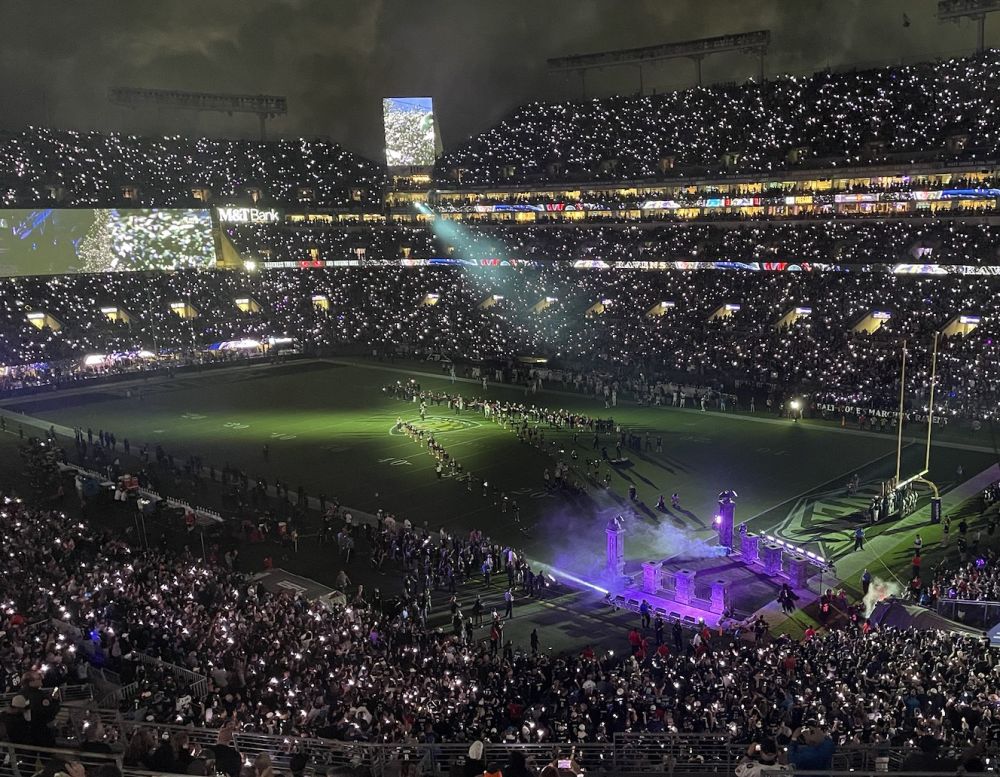(Photo courtesy of the Baltimore Orioles)
It may have taken until the first week of spring training, but the Orioles have finally added a veteran to their shallow starting rotation.
Right-handed pitcher Andrew Cashner officially signed a two-year, $16 million contract on Thursday. The deal includes performance incentives as well as a vesting option for the 2020 season if he reaches a total of 340 innings over the first two years.
The 31-year-old went 11-11 with a 3.40 ERA in 28 starts covering 166 2/3 innings after signing a one-year, $10 million deal with Texas last offseason. He was able to rebound from the worst season of his career — a 5.25 ERA split between San Diego and Miami in 2016 — with a career-best 4.6 wins above replacement for the Rangers.
In eight major league seasons, Cashner is 42-64 with a 3.80 ERA in 893 innings. He’s averaged 7.0 strikeouts and 3.2 walks per nine innings with a very solid 49-percent ground-ball rate over the course of his career. He throws a four-seam fastball, sinker, changeup, curve, and a slider-cutter.
Having arrived in Sarasota with the only definite members of the 2018 rotation being Dylan Bundy and Kevin Gausman, Baltimore is adding an established starter to the mix who should be a clear upgrade over the likes of Ubaldo Jimenez and last year’s version of Chris Tillman. However, Cashner repeating his 2017 ERA could prove to be a tall order when considering his worrisome peripheral numbers that will remind some of the Yovani Gallardo signing two years ago that proved to be a major disappointment.
Though possessing a fastball that still sat at 94 miles per hour last year, Cashner saw his strikeout rate plummet to a career-worst 4.6 per nine innings as the opposition made more contact than ever against him. That coupled with a career-low .267 opposing batting average on balls in play would suggest the right-hander was very fortunate to post the third-best ERA of his career. His Fielding Independent Pitching mark (FIP) was 4.61 in 2017 while the Steamer system found on FanGraphs projects a 5.40 ERA for Cashner in 2018.
Durability has also been an issue in the past as he’s pitched 160 innings just three times in his career. He had stints on the disabled list last season with right biceps tendinitis and an oblique strain.
Ultimately, the Orioles are adding a legitimate major leaguer to a rotation that had nothing established behind Bundy and Gausman. The cost is reasonable and he brings 2017’s 15th-best ground-ball rate among qualified pitchers to Camden Yards, but this move should really be judged based on what else executive vice president of baseball operations Dan Duquette does between now and the start of the season.
If the Orioles are serious about competing, they’ll add at least one more veteran such as Alex Cobb or Lance Lynn to slot ahead of Cashner as he should be no more than a No. 4 starter on a contending club and ideally would be the No. 5 guy. But if he remains their biggest acquisition and the Orioles fill out the rest of the rotation with internal options or only throw in a Tillman re-signing, Cashner could prove to be little more than a marginal upgrade from Wade Miley in the No. 3 spot for a rotation that finished last in the majors in ERA last year.
Either way, the Orioles will cross their fingers that Cashner won’t be the second coming of Gallardo and is able to outperform his peripherals for a second straight year. Such an outcome would better help them compete or at least provide the club another decent piece to sell off at this summer’s trade deadline.


























